Bihar is home to some of the most fascinating archaeological sites in India. The Nagarjuni Caves, near the Barabar Caves in the Jehanabad district of Bihar, are one such site. Three caves named Vadathi-ka-Kubha, Vapiya-ka-Kubha, and Gopi-ka-Kubha together make the caves. These lesser-known caves were excavated in the 3rd century BCE when the Mauryan Empire was in power. The inscriptions found in these caves give a glimpse of the ancient Indian religion, especially that of the Ajivika sect. These architectural features make the place a worth-visiting spot for tourists.
Quick Details
Location: Nagarjuna Hills, 35 km north of Gaya, Bihar
Nearest Landmark: Barabar Caves (1.6 km east)
Dedicated To: Ajivika Sect, during Dasaratha Maurya’s reign
Best Time To Visit: October to March (winter months)
Nearest Airport: Gaya International Airport, about 32 km away
Nearest Railway Station: Makhdumpur
How To Reach
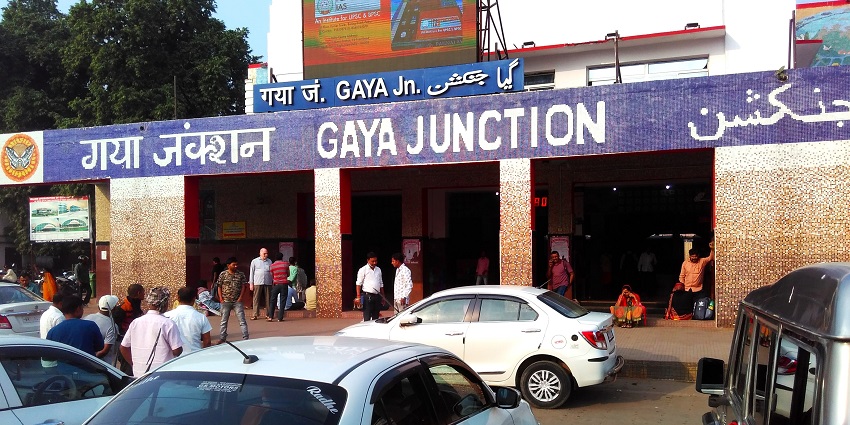
Photo: Salil Kumar Mukherjee / Wikimedia Commons
By Air: The nearest airport is Gaya International Airport, which is 32 km from the caves. You can hire a cab or taxi from there to reach Nagarjuna Hills.
By Train: The nearest major railway station to the caves are Makhdumpur and Gaya Junction, which has excellent connectivity to all Indian cities. From Gaya, you can a taxi or bus to reach the caves.
By Road: Nagarjuni Caves are approximately 35 km north of Gaya. There are tourist taxis and buses available if you want to drive, or you may take a bus from Gaya to the nearby Barabar Caves area. From there, the caves are a mere 1.6 km.
Suggested Read: Exploring Sonbhandar Caves
Things To Do
1. Explore The Gopi-ka-Kubha
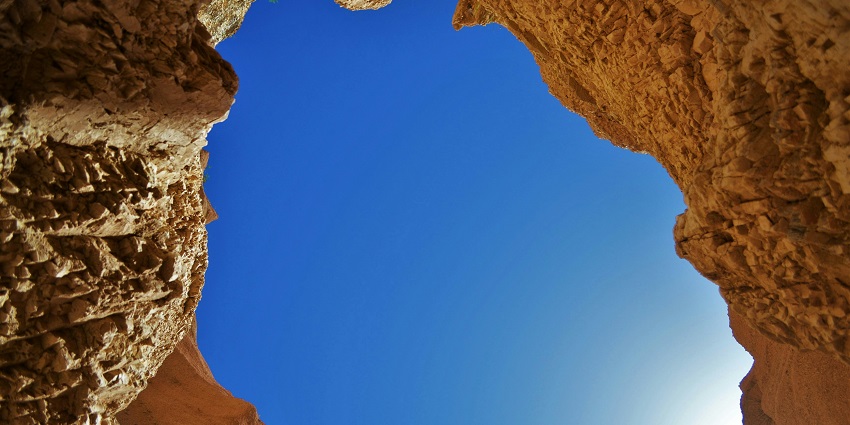
Photo: Jacopo Tarantini / Unsplash / Image For Representation Only
The largest one among the three the caves is Gopi-ka-Kubha. It has an oblong room with semi-circular ends and vaulted ceilings. Excavated by King Dasharatha Maurya, this inscribed hall at the entrance was said to be dedicated to the Ajivika sect. You can see Mauryan-era polish on the walls and floors, speaking of ancient Indian handiwork.
2. Explore Vadathi-ka-Kubha

Photo: Zhifei Zhou / Unsplash / Image For Representation Only
It is located in a crevasse on the north side of the hill. This cave was also dedicated by Dasaratha Maurya to the Ajivikas. It has a rectangular hall with a porch at its entrance. The cave is smaller than that of the Gopi Cave. Tourists can fund the later Hindu inscriptions here.
Suggested Read: Most Popular Wildlife Sanctuaries In Bihar
3. Vapiya-ka-Kubha
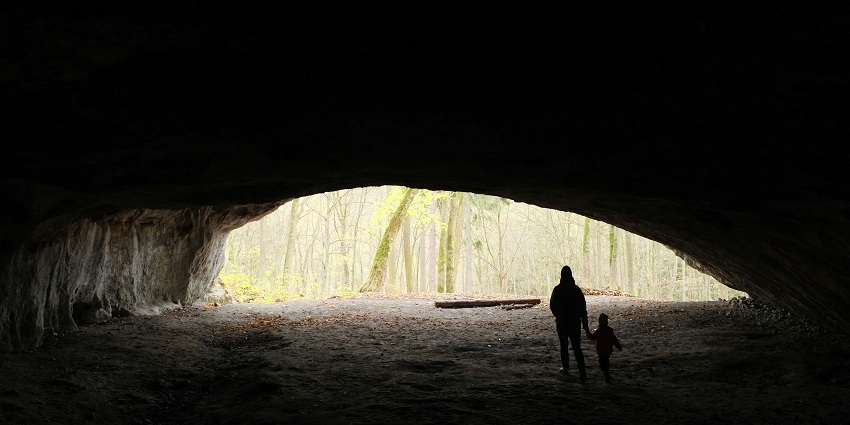
Photo: Tomas Tuma / Unsplash / Image For Representation Only
It is again on the north side of the hill and was also a place of the Ajivika sect. The name “Well Cave” is derived from a dry well that is there next to it. The inscription in the cave shows the same as the Gopi Cave, indicating its importance as a religious site.
Places To Visit Around Nagarjuni Caves
1. Barabar Caves
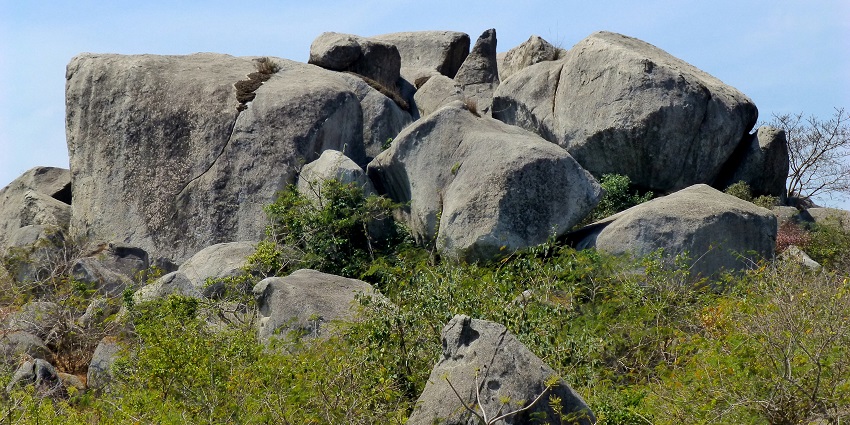
Photo: Photo Dharma / Wikimedia Commons
Barabar Caves are at just a distance of 1.6 km from the caves and are considered one of the oldest surviving examples of rock-cut architecture in India. They date back to the Mauryan period and are also dedicated to the Ajivika sect. The four great caves of Barabar, Lomas Rishi, Sudama, Visvakarma, and Karna Chaupar, are known for their highly polished interiors and their Mauryan style of architecture. Many instances associate them with King Ashoka, who finalised them as part of his religious enterprise after converting to Buddhism.
Entry Fee: N/A
Timings: Sunrise to sunset
Best Time To Visit: October to March
Suggested Read: Dive Into Fun At The Funtasia Water Park In Patna
2. Siddheshwar Nath Temple
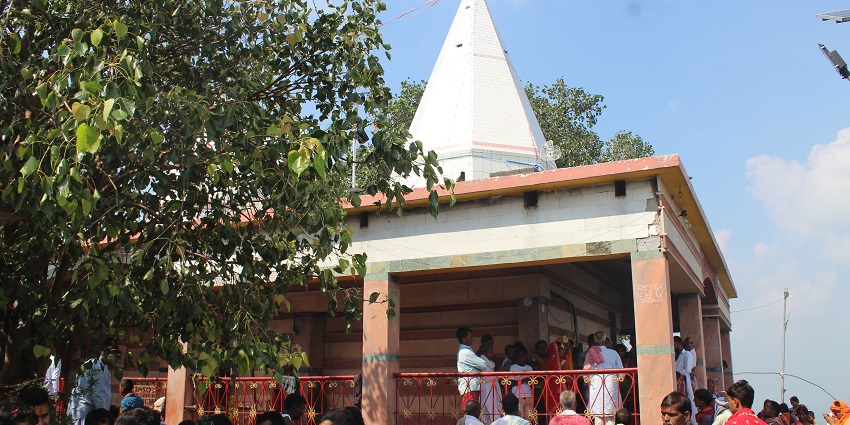
Photo: Abhisal2408 / Wikimedia Commons / Image For Representation Only
Siddheshwar Nath Temple is a very sacred place dedicated to Lord Shiva in Barabar Hills. Shivalingam is the avatar of God Lord Shiva, as believed in local legends and the Shiva Purana. It is a popularly active temple, especially during the month of Shravan (July-August), where devotees known as Kanwarias come forward with Ganges water to offer the deity. This place is surrounded by the beautiful sight of Barabar Hills. The temple is said to be back to the Gupta period, and local myths say that it was here that Ashwatthama, from Mahabharata, received divine blessings.
Entry Fee: N/A
Timings: 6 AM – 7 PM
Best Time To Visit: October to March
3. Bodh Gaya
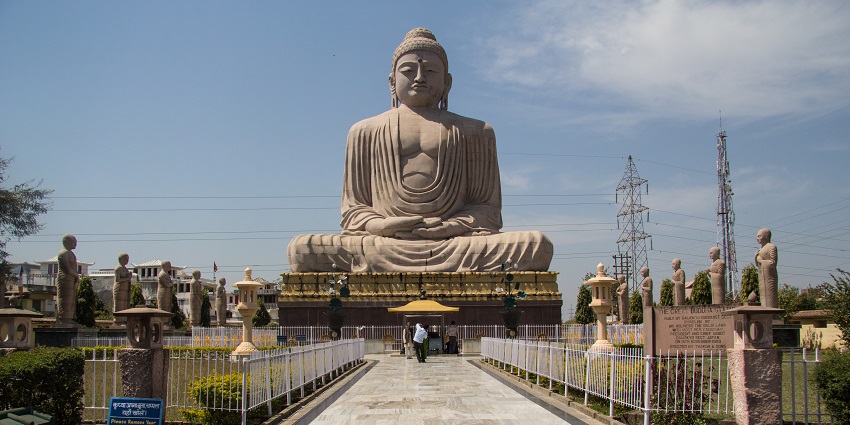
Photo: Andrew Moore / Wikimedia Commons
Bodh Gaya is a sacred destination that is approximately 35 kilometres from the Nagarjuni Caves. It is also believed to be the location of Gautama Buddha’s enlightenment under the Bodhi Tree. At the centre of this pilgrimage site, therefore, is the UNESCO World Heritage-listed Mahabodhi Temple. Visitors can explore the temple complex, visit the Bodhi Tree, and meditate in the tranquil surroundings. Among the monasteries that are founded by different countries along the traditional lines of Buddhism, there are Japanese, Thai, and Bhutan monasteries, each in a different style.
Entry Fee: N/A
Timings: 5 AM – 9 PM
Best Time To Visit: November to February
Suggested Read: Must-Visit Hill Stations Near Bihar For Your Next Adventure
4. Rajgir
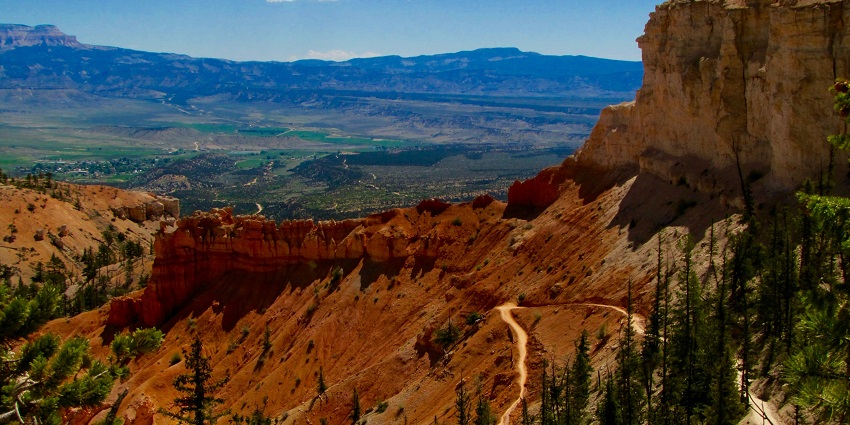
Photo: ron rieger / Unsplash / Image For Representation Only
Rajgir is located approximately 75 km from Nagarjuni Caves. This is another highly important historical and spiritual destination in an ancient city that was once the first capital of Magadha and has historical connections to Buddhism and Jainism. Among the attractions are the Vulture’s Peak (Griddhakuta Hill), the platform where Buddha delivered many of his most important sermons. The ancient hot springs of Rajgir are said to have curative properties, as well as the place has several temples, caves, and fort ruins.
Entry Fee: N/A
Timings: 6 AM – 6 PM
Best Time To Visit: October to February
5. Gaya
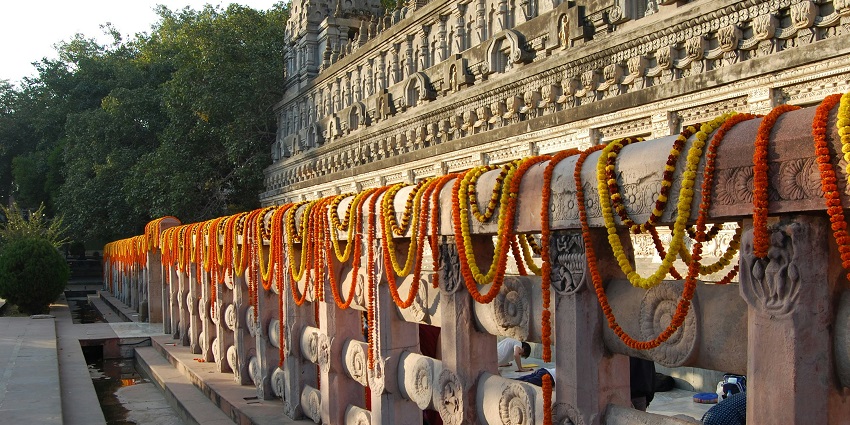
Photo: Aleksei Zhivilov / Unsplash
Gaya, about 35 km from Nagarjuni Caves, is a very important center for both Hindu and Buddhist pilgrimage. Gaya is known for the Vishnupad Temple where Hindus do Pind Daan to their ancestors. It is said that the temple was built on the footprint of Lord Vishnu. It is an architectural wonder and religiously very important. Apart from the Vishnupad Temple, there are a few more temples and ghats in the city.
Entry Fee: N/A
Timings: 6 AM – 7 PM
Best Time To Visit: October to March
Suggested Read: Amazing Hill Stations Near Patna For A Scenic Retreat
Other Factors To Consider

Photo: ian dooley / Unsplash / Image For Representation Only
Tips For Travellers
- The best time for caves is winter, that is, October to March. The climate is quite pleasant during this time and it is easier to explore the surrounding areas also. You should definitely not visit the caves during the summer months since Bihar gets scorchingly hot at times and makes the exploration troublesome.
- Visiting the Nagarjuni Caves is quite budget-friendly. In fact, there’s no official entry fee for the caves; you may incur minor costs for transportation and refreshments.
- Treks to ancient caves may involve climbing steps to reach them, so it is good to have comfortable shoes and bring some water. If you have a medical condition, discuss this with your doctor before you go up, especially during the hottest months of the year.
The Nagarjuni Caves are of great importance in the historical world and depict the spiritual as well as architectural excellences of the ancient Indian civilization. Not so celebrated as other historical sites, these caves are an interesting place with special inscriptions linking them to the Ajivika sect and also patronized by Mauryan rulers. To get lost in the serene ambiance of these caves, plan a trip with TripXL today.
Cover Photo: Ksenia Kudelkina / Unsplash / Image For Representation Only


 WhatsApp
WhatsApp
 Twitter
Twitter









